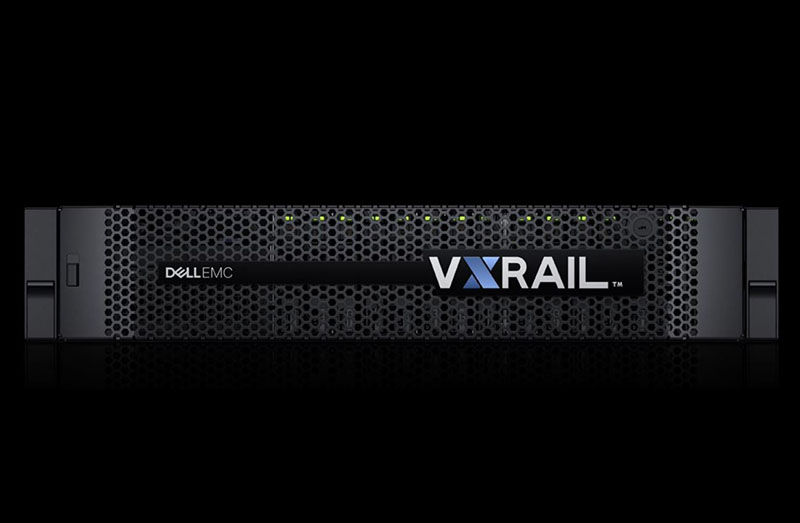

2019/12/21 Cloud Backup & Disaster Recovery Solutions 2438 visit(s) 4 min to read
Ctelecoms

Ordinarily, business data grows by 40% per year, posing more challenges to the IT decision makers. And we see it today with 9 in 10 businesses claiming that their weak storage solutions are negatively affecting the success of their IT infrastructure modernization.
Having a data center with separate components is no longer an efficient methodology. Instead, Saudi businesses need to invest in a solid IT solution that will cluster all their IT infrastructure components. Something more cost-efficient. Something that will increase the overall workplace productivity.
And, this is where the hyper-converged infrastructure steps in. Software-defined storage platforms boast flexible architectures that ensure greater scalability and flexibility.
A hyper-converged infrastructure (HCI) is an IT framework that uses the software-centric architecture. Simply put, it is designed to eliminate infrastructure complexities, boost scalability, and increase the overall workplace performance. HCI can be defined as a single machine that consolidates all key elements of your company’s data center, including virtualization software, storage capacities, compute power, networking capabilities, backup, and so on.
Centralizing these components, especially storage and computing ones, helps you manage your IT infrastructure in a more logical way and avoid wasting money on pricey servers and hardware components that are only going to gather dust.
Above all, the hyper-converged infrastructure helps you eliminate a siloed data management and enhance your workload performance. It gives you the opportunity to manage virtual workloads remotely, without compromising their performance, reliability, and availability.

Now that you know what hyperconvergence stands for, let’s see how it can benefit your business.
An average IT infrastructure requires at least 8 hardware items, each of which contains different interfaces and functions. Unsurprisingly, managing such complex data centers is both extremely expensive and time-consuming.
To automate repetitive tasks and minimize the risk of human error, the hyper-converged infrastructure has emerged. In short, it solves the above mentioned performance problems by consolidating all data center components and integrating them with your existing working environment.
Businesses implementing hyper-converged ecosystems can see the following:
One of the greatest benefits of enterprise cloud computing built on HCI is that it provides businesses with greater levels of flexibility and scalability. Namely, each HCI node represents an independent unit that is created from scratch, meaning that it contains every type of hardware your data center needs.
Greater flexibility of hyper-converged infrastructures also makes them an affordable solution for any IT department. Namely, since all your data center resources are consolidated in a single box, you no longer have to purchase numerous components from multiple vendors. Instead, you will have only one HCI vendor that will handle the entire process of HCI implementation and customization.
This is also a great option for businesses wanting to modernize their IT infrastructure and add new components to it. Instead of creating complex update strategies each time expansion is needed or investing in pricey components, businesses can simply add one or more HCI nodes. In other words, HCI requires less equipment to buy, which helps you reduce the waste of resources.
Another great benefit of HCI is that the data storage and protection are a part of its infrastructure, making these processes simpler and more efficient.
Providing you with the data protection functionalities like the data duplication or snapshotting, HCI makes the disaster prevention and recovery simpler. Given that HCI is software-centered, it also gives you the opportunity to do regular backups using the public cloud storage.
The way hyperconvergence works is simple. HCI distributes your data across multiple nodes throughout your data center. By scattering your data across multiple nodes, HCI ensures that, when one piece of hardware goes down, the overall business performance and data availability won’t be hurt.
In order to survive in such a fast-growing economy and to be a more viable part of the Saudi Vision 2030, we believe that Saudi businesses need to modernize their IT infrastructure. In other words, they should make it more hyper-converged. Ctelecoms, as gold Dell Technologies Partner in Saudi Arabia (Jeddah, Riyadh & Western KSA), can help you create a more effective IT infrastructure that delivers better performance, flexibility, and cost-effectiveness. So if you feel ready to make the move to the hyper-converged data centers? Get in touch with Ctelecoms today!